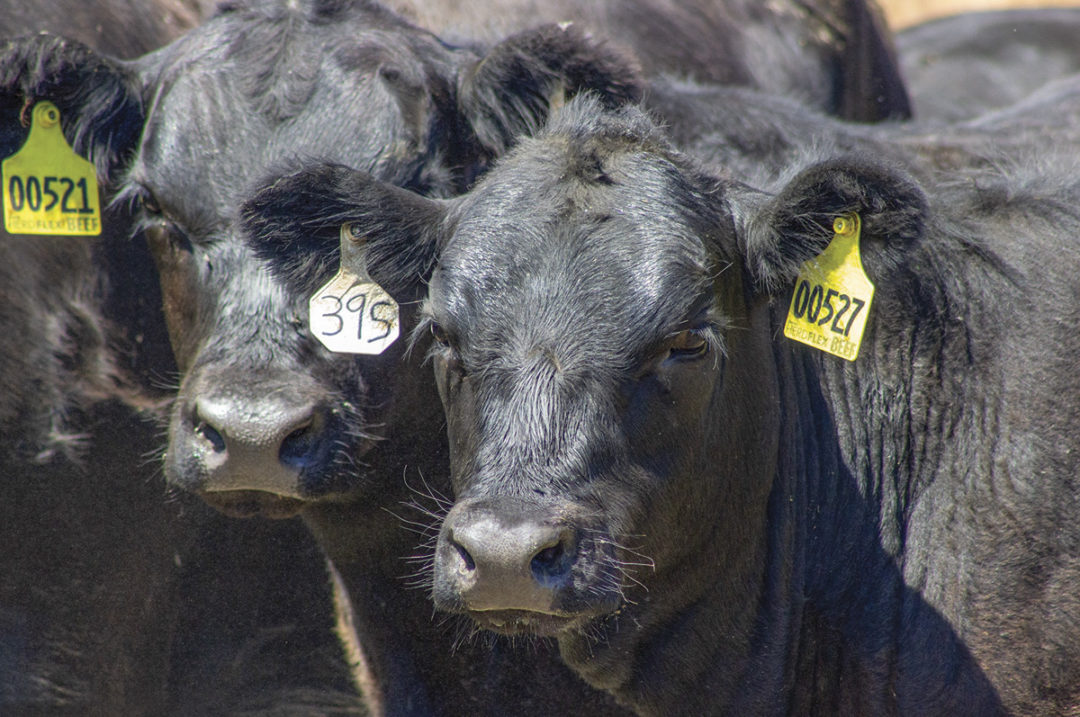Beef embryos offer value and flexible solutions for dairies seeking to add new revenue streams and diversification opportunities. But does it work as well for dairies of different sizes? The short answer is, yes.
The caveat is that any dairy making this change must consider marketing relationships, local limitations or prospects and an unwavering commitment to incorporating embryos into the herd’s reproductive program, complete with training and protocol adjustments.
Attitude is the determining factor, not herd size.
Growth strategy
For Joe Stewart of Nampa, Idaho, incorporating beef embryos is a natural evolution for his family’s 500-cow dairy.
“Over the last several years, we've transitioned to using all sexed semen and breeding more Angus crosses,” Stewart says. “I’ve also been using some beef embryos all along, but we are much more aggressive with it now. These embryos produce a pure-beef calf, which finishes out faster and has more value as a calf than purebred dairy calves or crossbred dairy-beef calves.”
Since Stewart feeds his beef calves through harvest and markets them through a local butcher and directly to consumers, reducing time on feed offers a significant advantage.
He reports these animals achieve desirable finish about a month faster than crossbreds, cutting feeding costs significantly. Using simple math, if feed costs are $2.35 per day, reducing feeding time by 30 days results in a savings of about $70 per head. If he raises just five head per month, that’s a feed bill reduction of $4,200 per year versus crossbred calves.
As a result, Stewart and his team are gearing up to increase the farm’s use of beef embryos, replacing a larger percentage of the dairy’s crossbreds with full-blood beef calves.
“The beef-on-dairy concept is normal now, which has been really good for keeping our heifer inventory in check,” Stewart says. “I think the next differentiation is, ‘How do we go from beef-on-dairy to just all beef using a product like this [embryos]?’”
Stewart’s new goal is to “get more out of this tool” by increasing the number of full-beef calves retained for finishing and shifting away from crossbreds.
Breeding strategy
This decision means making changes to the farm’s breeding program to incorporate more embryo transfers. Cows and heifers with top-end genetics are bred to Holstein sires, while lower-value animals receive beef semen or an embryo.
“As we get more success with sexed semen, those criteria go up, which means more animals are available for beef for embryos,” Stewart says. “It’s a little more time-consuming than breeding an animal.”
While embryo transfers take a little more time and organization than simply breeding cows, Stewart says the rewards are worth the extra effort.
“Just as with any tool, if the manager buys off and wants to succeed, I think embryos are a tool that can work and fit,” Stewart says.
Stewart also anticipates additional benefits from increasing embryo transfers, especially given the positive effects the technology can have on breeding efficiency during heat stress.
“Our plan is to gear up and get into our increased embryo routine as we head into hot weather,” Stewart says. “The success of [using] embryos to get pregnancies during the heat would be a tremendous benefit. I’m looking forward to getting rid of some of these swings in pregnancies that we experience on the dairy.”
Marketing strategy
Ultimately, Stewart likes the outlook and marketing opportunities created by his beef calves.
“It's kind of a nice thing where you grow into it slowly,” he says of his beef enterprise. “We have a dairy operation first; our beef cattle are secondary. And as I look at opportunities, my projects are all centered around value-added opportunities complementary to my resources.”
Stewart has always raised beef for employees and friends – all of which was premarketed. Word of mouth opened more doors and beef marketing opportunities.
“As you start widening your circle, you get to know people. It just grows. I like to cook, I love barbecuing and I appreciate the value of meat,” Stewart says. Customers know Stewart’s beef is a quality product.
Additionally, he credits his wife for her networking and Facebook marketing skills to help grow their beef business.
“For me, it's always about branching out in a complementary way,” he explains. “The beef side has grown slowly, and it's reaching a plateau in terms of the size of my dairy. But my thought process is still, ‘How can I bring value?’ and 'Can I keep bringing more premiums with these calves?'"
Stewart says he believes beef embryos will help his dairy achieve these goals.
Ideally, he would like to see the beef embryo market evolve to where farmers could remove some of the uncertainties out of the end market by setting a price based on value.
“In ag, it's nice to have something you can count on,” Stewart says. "And maybe that's just a dream, but I would like to think that you can try to work something out. If it's mutually beneficial, then that's a win all the way around.”










